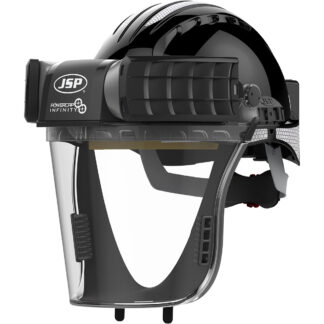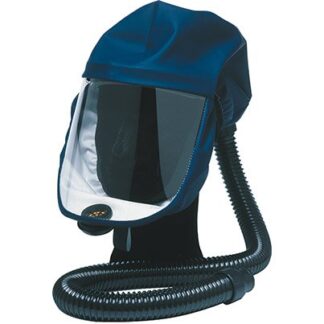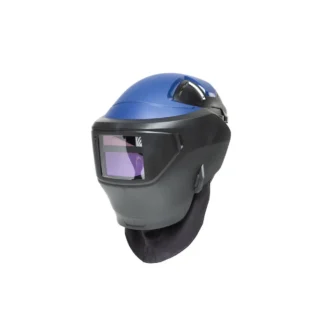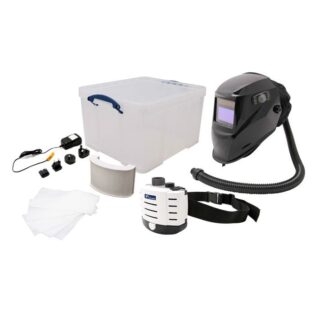Masks and respirators play a crucial role in tasks demanding respiratory protection. Various types of masks are available, each providing distinct levels of protection. The choice of your mask’s protection level (e.g. P2/P3) is contingent upon the specific task at hand, such as handling asbestos or working with chemicals in a laboratory setting.
Ensuring the use of the correct filters for these masks is paramount to guarantee the protection of both yourself and your colleagues at all times.
Why do we need to change mask filters
Changing your mask filters is imperative for several reasons, including:
- Expiration: Filters, like most items, have a finite lifespan. Keeping track of their expiration is crucial, ensuring that they are replaced in a timely manner.
- Wear and Tear: Masks, when often moved around, can incur wear and tear. Frequent handling during travel may result in bumps or damage. If any harm befalls a mask, both the mask and its filters should be promptly replaced.
- Build-up: Mask filters can become clogged, especially when filtering multiple contaminants from the air. This accumulation hinders effective breathing and signals the need for a filter change.
While there are additional reasons for filter replacement, these are the primary ones to consider. Regularly addressing these factors ensures the optimal performance of your respiratory protection equipment.
When to change mask filters
Every manufacturer provides explicit instructions on when to change the filters for a specific mask. While these guidelines vary, a general rule is that unopened filters have a shelf life of 2 years. However, once opened, it is imperative to replace them within between one working week and one working month, or after 40 hours of use. However, this varies on Brand. Please see manufacturer’s guidelines.
A clear indicator that filters need replacement is the ability to detect the smell or taste of contaminants. Once this occurs, prompt replacement of the filters becomes essential to prevent potential respiratory damage. Recognising these signs ensures the continued effectiveness of your respiratory protection equipment.
When to change these depends on what the mask is or has been used for. Some factors to consider include:
Workplace temperatures
Exposure to higher temperatures can diminish the lifespan of filters. This is primarily due to the heightened moisture content in the air, common in warmer conditions, which can accelerate the deterioration of the filters’ absorbency.
How often the mask is in use
Masks used frequently in occupational settings require more frequent filter changes. This is dependent on the nature of the tasks performed. Individuals engaged in more strenuous activities during their work may experience heavier and more frequent breathing, increasing the likelihood of filters capturing contaminants more frequently.
The amount of contaminants present
Building on the previous point, if filters are tasked with addressing multiple contaminants simultaneously, their deterioration may occur at a faster rate.
The quality of your filter
Superior filters, whether they’re of newer design, from reputable brands, or specifically engineered to safeguard against the particular contaminants encountered in your work, generally boast a longer lifespan.
For more information about the different types of masks and what contaminants they can protect against, view our page explaining the different types of dust masks or give us a call at 01842 765634 to speak to our team about your options.




